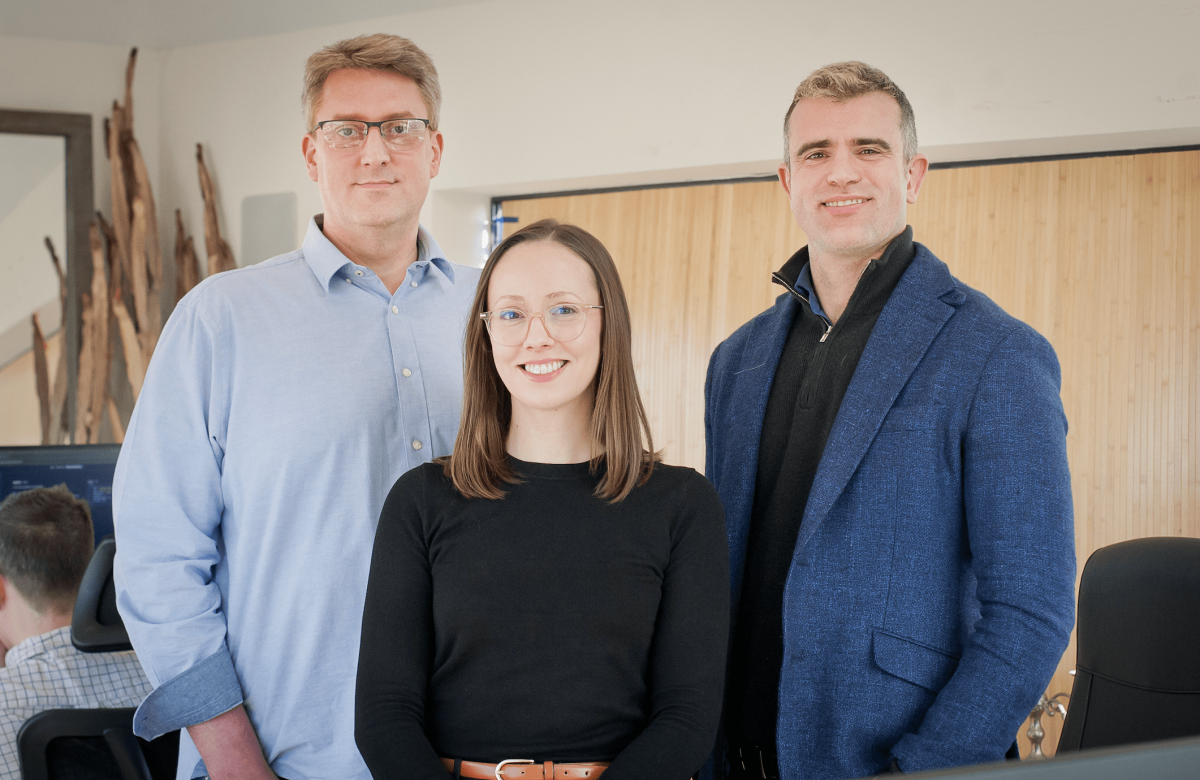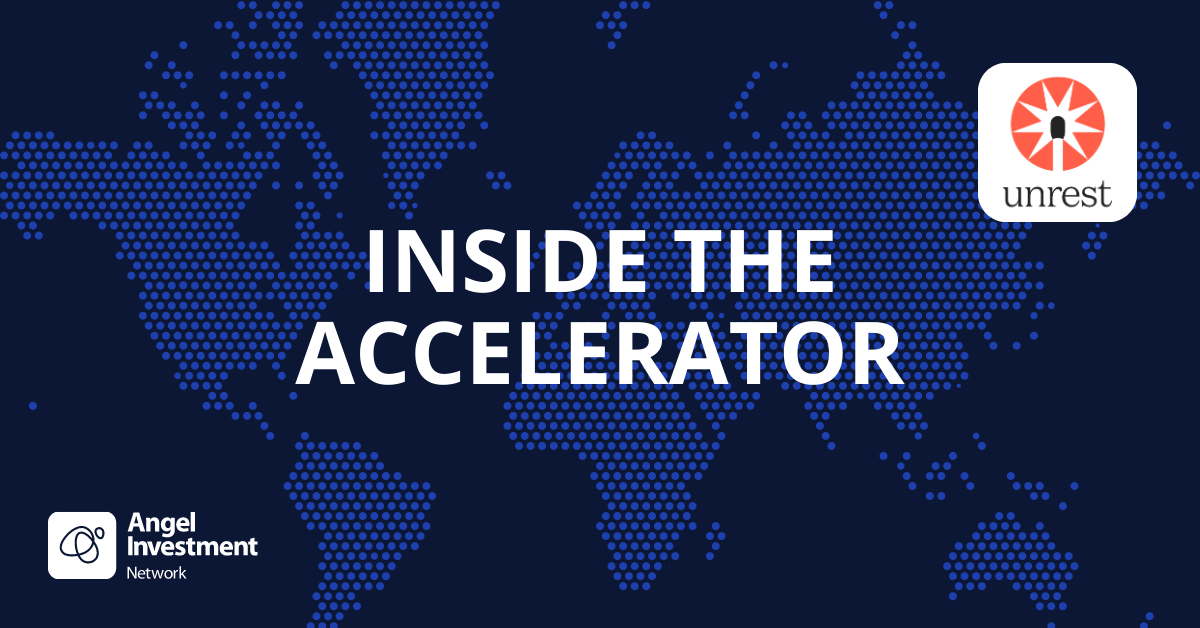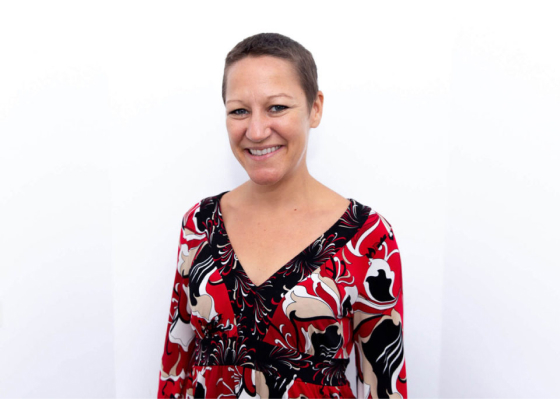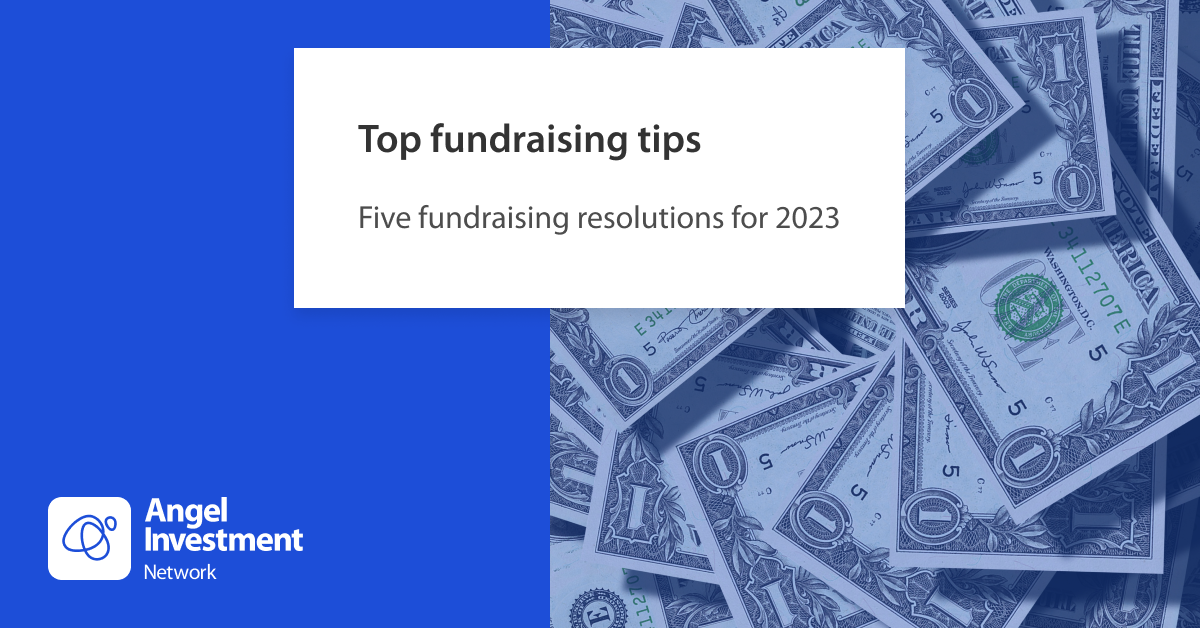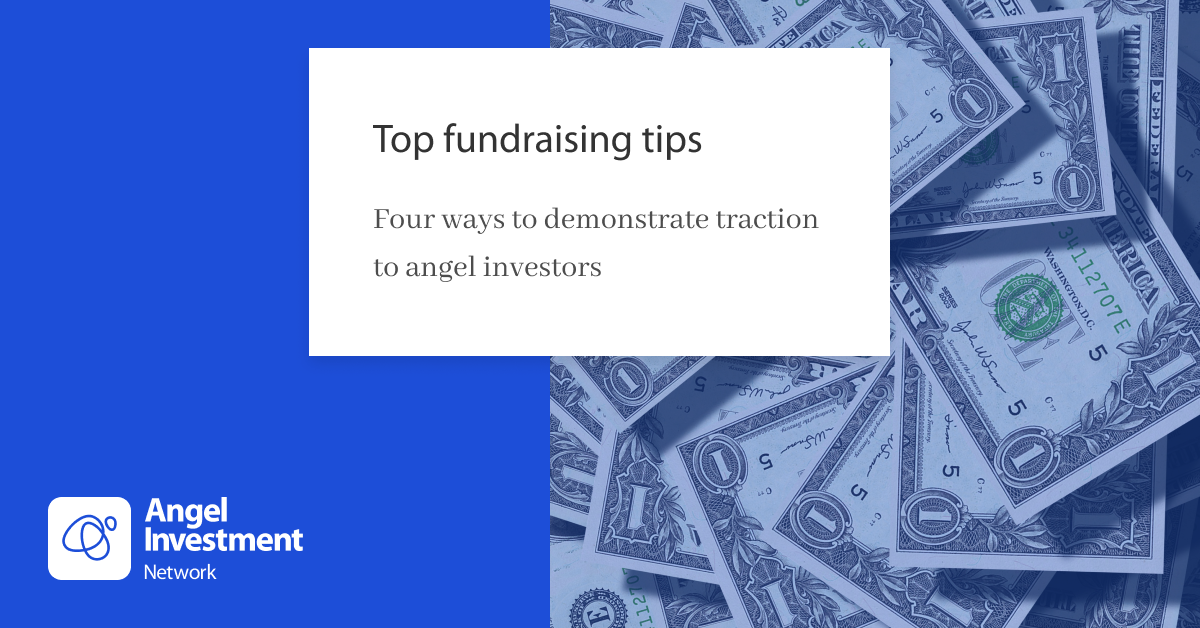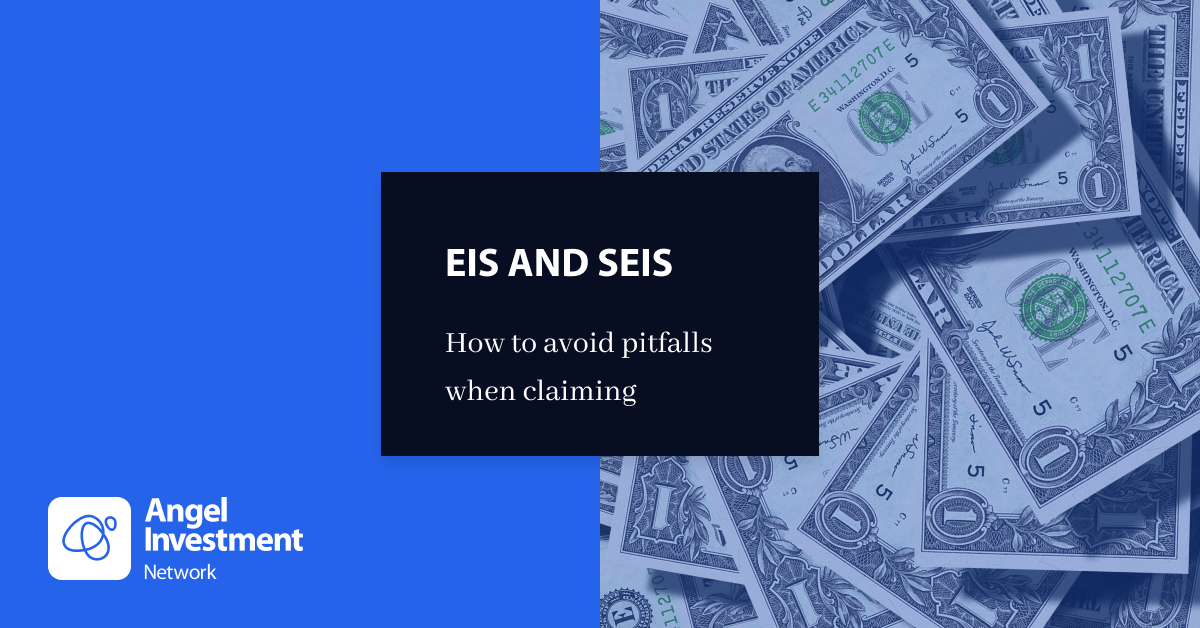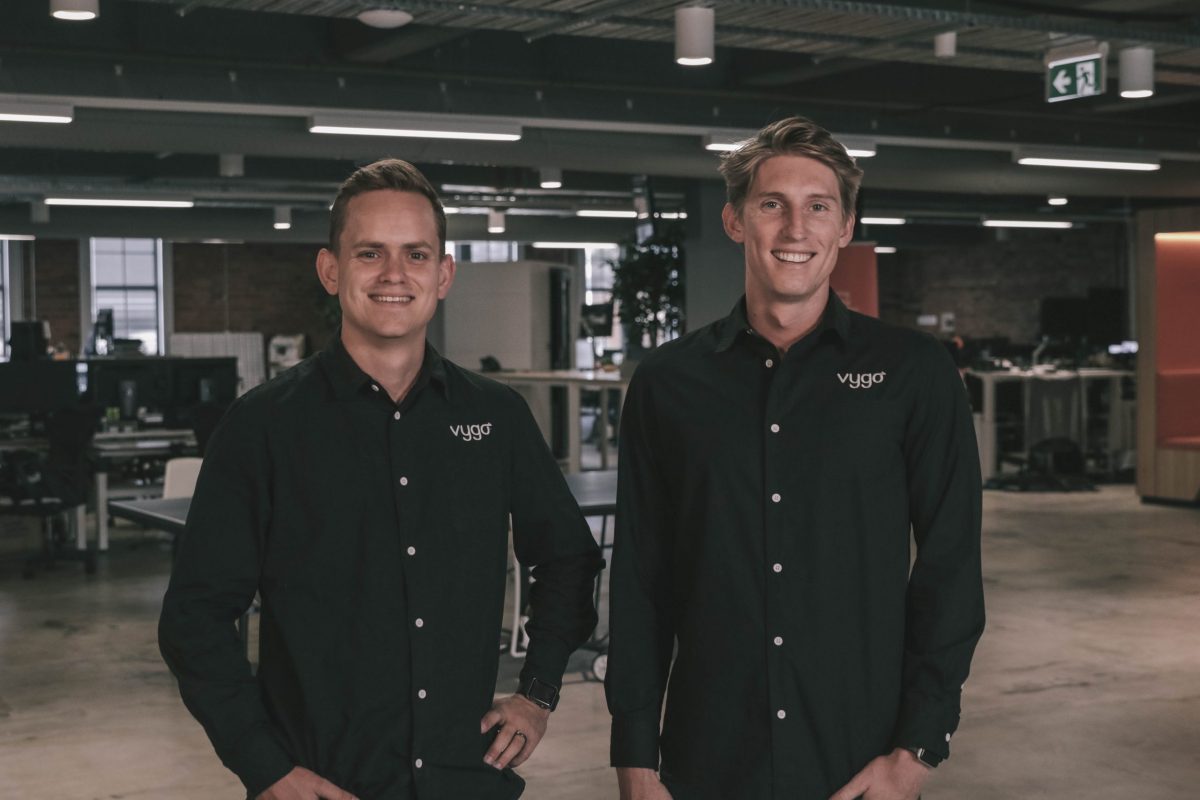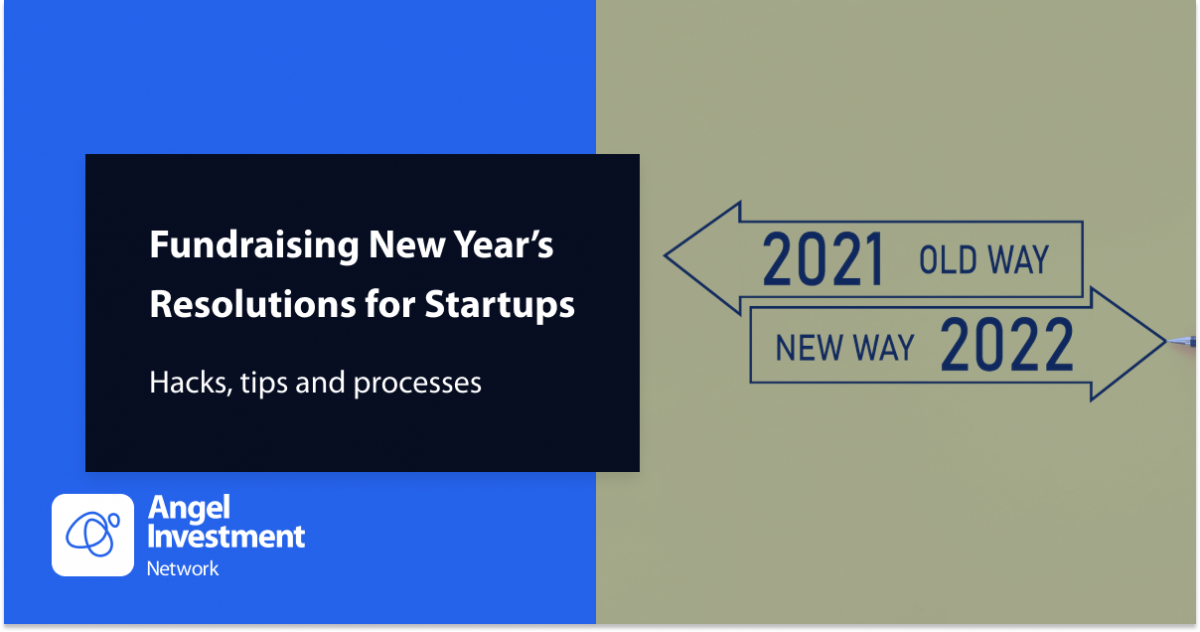The prevailing mood among angel investors in 2025 in the AIN community as we approach the end of the first half of the year is one of cautious optimism. While headwinds are still blowing amidst the backdrop of tariffs, continuing sticky inflation, wars and macroeconomic uncertainty, the early stage business ecosystem remains strong, resilient and with the faster deployment of technology hugely exciting.
While the commitment to invest remains strong, the focus has distinctly shifted towards realism, transparency, and a clear demonstration of value. For founders, understanding these shifts is crucial to successfully securing funding. Let’s dive into some of the key findings from our recent investor survey and what the actionable insights are for startups.


